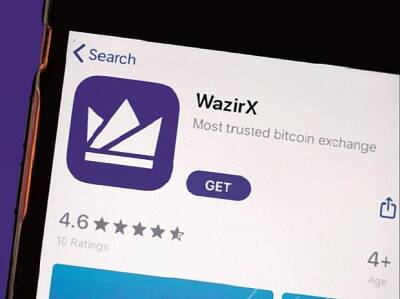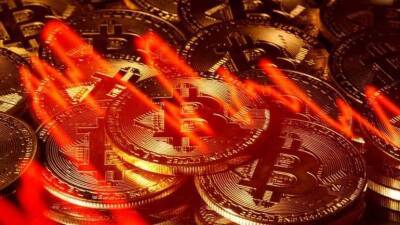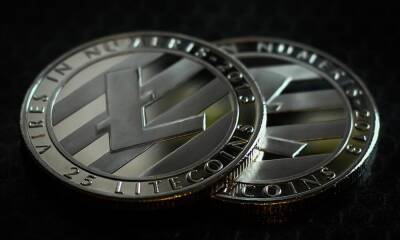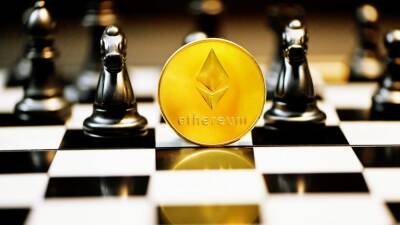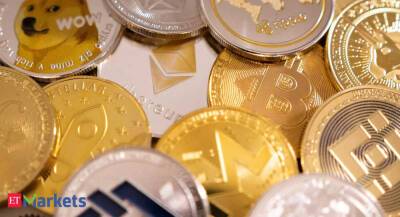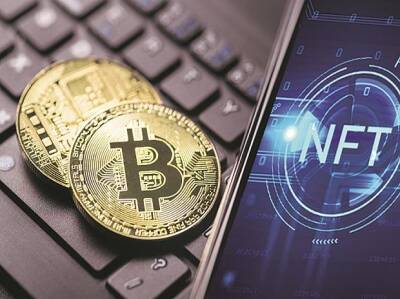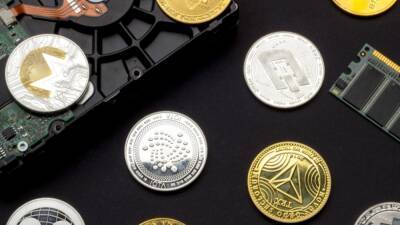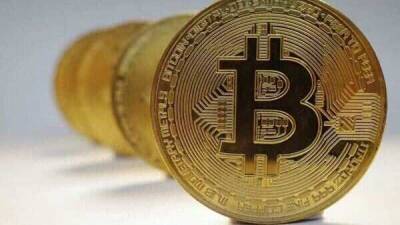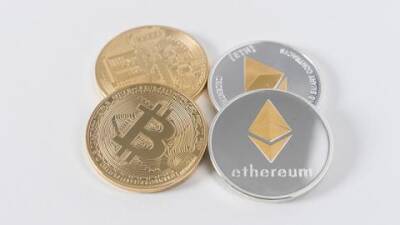Explained: What is buyback-and-burn crypto strategy
Cryptocurrencies and decentralised finance (DeFi) are relatively less explored as compared to traditional financial services. This results in lower investor confidence which ultimately leads to greater price volatility.
In order to add stability to crypto price fluctuations, token issuers use buybacks and coin burns to tweak the supply-demand dynamics.Removing an asset from circulation to adjust availability and value is not a new concept. For example, publicly-traded companies buy back their stocks to reduce the supply of shares available for trading.
This generally increases the value of the stock and even prevents a hostile takeover – where a competitor or any other entity buys enough shares from the open market to obtain a majority stake and thus ownership of the company.Similarly, the token issuer buys back a specific value worth of tokens from the open market, which then get stored in the issuer’s wallet.What is crypto burning?Crypto burning occurs when tokens are delivered to an unusable wallet address (known as a zero address or eater address) to remove them for circulation. The address of the burn wallet is available to no one, and once crypto enters this wallet, it is lost forever.
Anyone holding cryptocurrency can burn it, but it is equivalent to burning money if an investor does so. Burning achieves the same objective as a buyback - reducing the supply of token in circulation and artificially boosting its demand.
However, it does not necessarily increase the price of the token.Also Read | Can traders switch to staking after Ethereum 2.0 upgrade?Coin Burning:Miners are allowed to burn cryptocurrency through a proof-of-burn (PoB) consensus mechanism. A consensus mechanism involves several nodes (computers on
. Read more on cnbctv18.com

